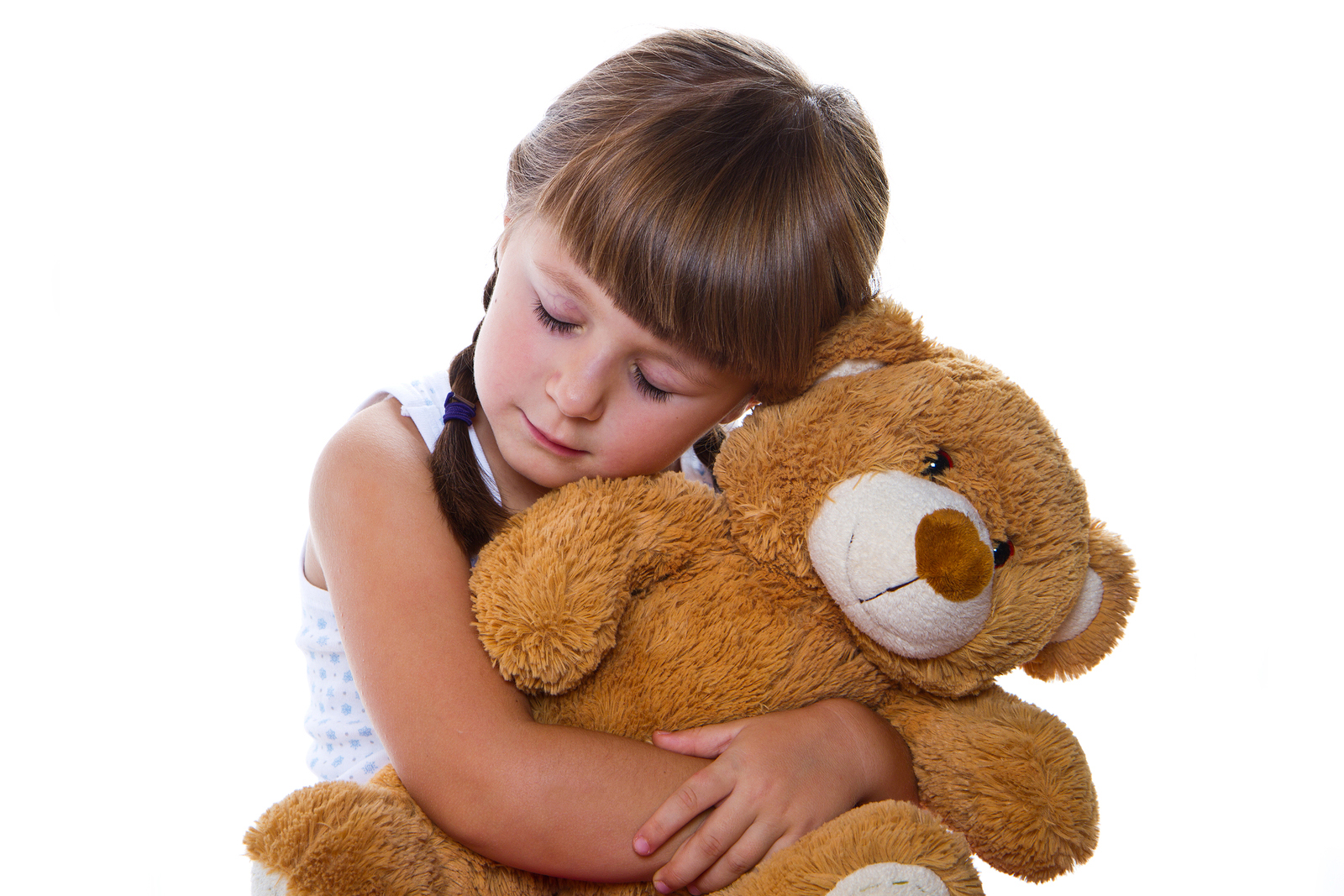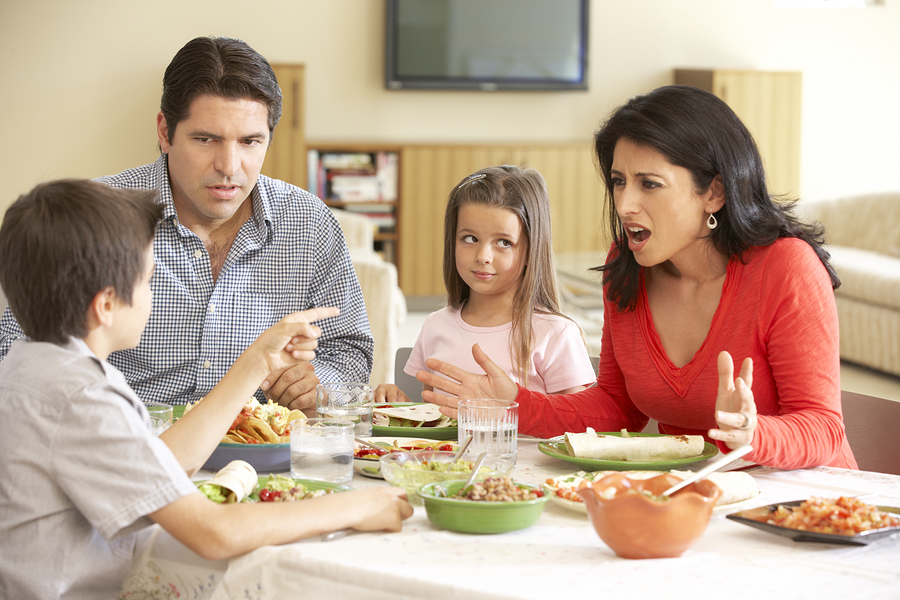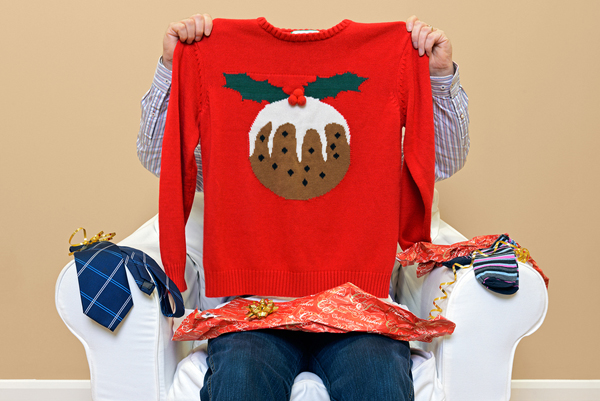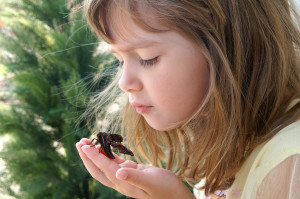
We all know that mindfulness is a great practice for parents, but what about for our children?
Mindfulness allows us to be present in the moment and improve our physical and mental health in everyday life. For children, in particular, mindfulness can help with cognitive focus as well as their ability to pay attention and make decisions. It also helps to boost happiness levels, decrease feelings of impatience, increase empathy towards others, and deal with conflicts in a calm way.
Mindfulness education for young people is becoming more common, and studies are beginning to show both short-term and long-term benefits. A study from the University of BC examined the efficacy of mindfulness among children, and the findings suggested that “children who are taught mindfulness – to pay attention to the present intentionally and without judgment – are better positioned to succeed both in school and in life.”
By practicing mindfulness, children develop an understanding of how their minds and bodies work, and acquire skills they can take with them through to adolescent and adult life.
Adding mindful practices into your child’s day doesn’t require a lot of time or effort. Simple yet effective exercises can significantly improve your child’s mental state, help them to achieve awareness of themselves and their surroundings, and acknowledge their feelings and emotions.
Practice mindfulness yourself
To help your child develop mindful practices, it’s important that you first adopt your own practices. You may even be practicing mindfulness without even realizing it – mindfulness is quite simply about being present in the moment. Actively responding to your child (for eg. focusing on their stories or needs in that moment), savouring those last bites when eating a nice dinner or dessert, or taking a few moments for some ‘me’ time, are fine examples of mindfulness in everyday life.
Keep it simple
If you want your child to start practicing mindfulness, it’s better to keep things simple. Introduce things like breathing exercises to help your child pay more attention to their breath and their body. To do this, lie on the floor together on your backs and place a stuffed animal on your bellies. Breathe in and out, and watch the animal rise and fall as you inhale and exhale. Other exercises like mindful walks – where you pay attention to sounds and point out things you’ve never noticed before – and gratitude practices where you share one thing that you’re grateful for every day, are simple yet effective exercises to incorporate into your child’s daily routine.
Have fun, mindful moments
Mindfulness doesn’t have to be serious! Have fun, mindful moments with your child and create games using their senses. The bubble blowing game is extremely fun and simple and it easily incorporates mindfulness. With your child, watch the bubbles float into the air, and focus on what it feels like when they pop on your skin. Play along with your child and think of words to describe what it feels like, occasionally making observations like, “Can you smell the bubbles?”
Address the purpose of mindfulness
Think about why you want to introduce mindfulness into your child’s routine. Consider how your child will benefit from mindfulness and how you can be the most positive role model. Be mindful of your expectations, and avoid placing expectations on your child and pressuring them to achieve a certain objective. Besides, mindfulness is about growing in self-knowledge and awareness, and every child is unique in his or her own way.
Incorporating mindfulness into your child’s day and making it a regular practice can help to reduce symptoms of stress and boost happiness levels, develop healthy habits, and significantly improve their wellbeing.
Sources:
http://www.huffingtonpost.com/2014/06/18/mindfulness-habits_n_5503674.html?utm_hp_ref=healthy-living
Mindfulness-based program in schools making a positive impact: UBC study
http://www.mindbodygreen.com/0-18136/7-fun-ways-to-teach-your-kids-mindfulness.html
http://thehawnfoundation.org/mindup/


 On Sunday we celebrate mothers around the world. Mothers who have raised countless sons, daughters, step-daughters and step-sons, and sometimes even grandchildren. We will celebrate their strength, courage, and resilience in tackling what is one of the hardest “jobs” in the world. But most importantly, we will be grateful and appreciative for everything they have done for us throughout our lives. And being grateful is an amazing thing, not only for our relationships with our own mothers, but also for our own personal well-being. Being grateful can do wonders for our own positive mindset and levels of happiness.
On Sunday we celebrate mothers around the world. Mothers who have raised countless sons, daughters, step-daughters and step-sons, and sometimes even grandchildren. We will celebrate their strength, courage, and resilience in tackling what is one of the hardest “jobs” in the world. But most importantly, we will be grateful and appreciative for everything they have done for us throughout our lives. And being grateful is an amazing thing, not only for our relationships with our own mothers, but also for our own personal well-being. Being grateful can do wonders for our own positive mindset and levels of happiness.
 Family…we’ve all got one, and there is a good chance they drive you a bit crazy now and then. So what can you do in those moments when you’ve been dragged into the middle of yet another argument between two family members? Or have been asked for, and given advice for, the fifteenth time to your cousin who never takes it? What about when your partner has not held up their end of the housework for the second time in one week?
Family…we’ve all got one, and there is a good chance they drive you a bit crazy now and then. So what can you do in those moments when you’ve been dragged into the middle of yet another argument between two family members? Or have been asked for, and given advice for, the fifteenth time to your cousin who never takes it? What about when your partner has not held up their end of the housework for the second time in one week? We’re all so plugged in these days. Everywhere you look someone is on a phone, on a tablet, or sitting in front of a computer screen. Technology has replaced face to face communication in almost every way imaginable. It’s even gone as far as replacing the quality time that we used to spend with family. With the holiday season fast approaching, now is the perfect time to grab hold of that cord and unplug it! Focus instead on the loved ones around you.
We’re all so plugged in these days. Everywhere you look someone is on a phone, on a tablet, or sitting in front of a computer screen. Technology has replaced face to face communication in almost every way imaginable. It’s even gone as far as replacing the quality time that we used to spend with family. With the holiday season fast approaching, now is the perfect time to grab hold of that cord and unplug it! Focus instead on the loved ones around you. We have covered some of the basics of meditation with children (
We have covered some of the basics of meditation with children (